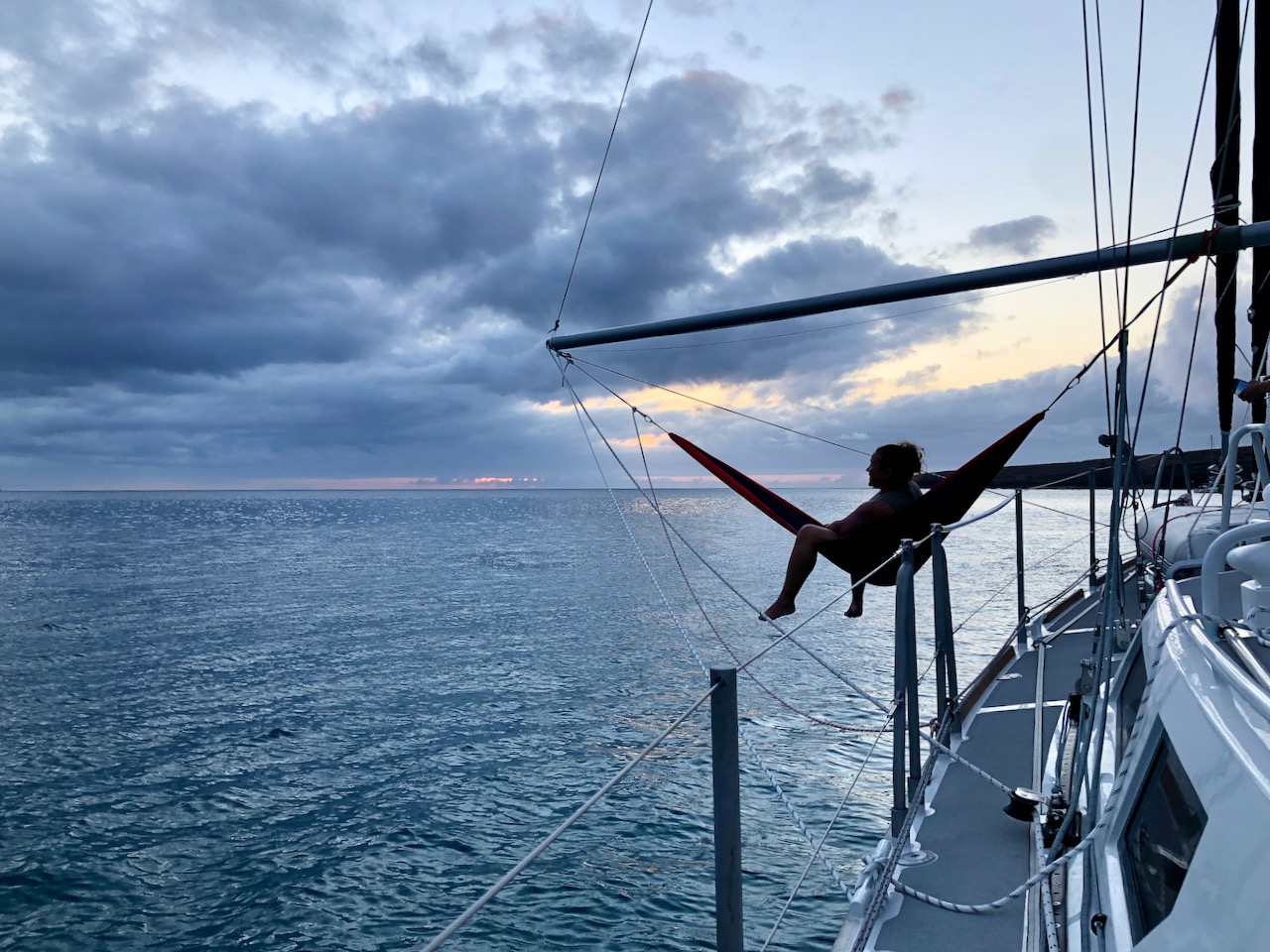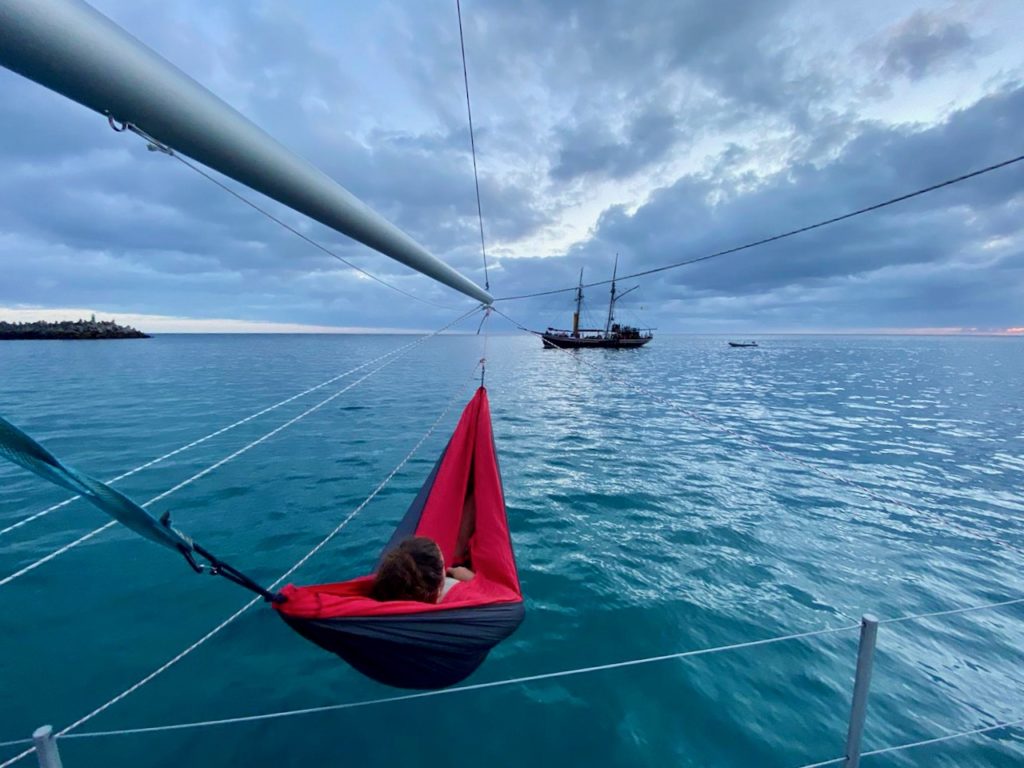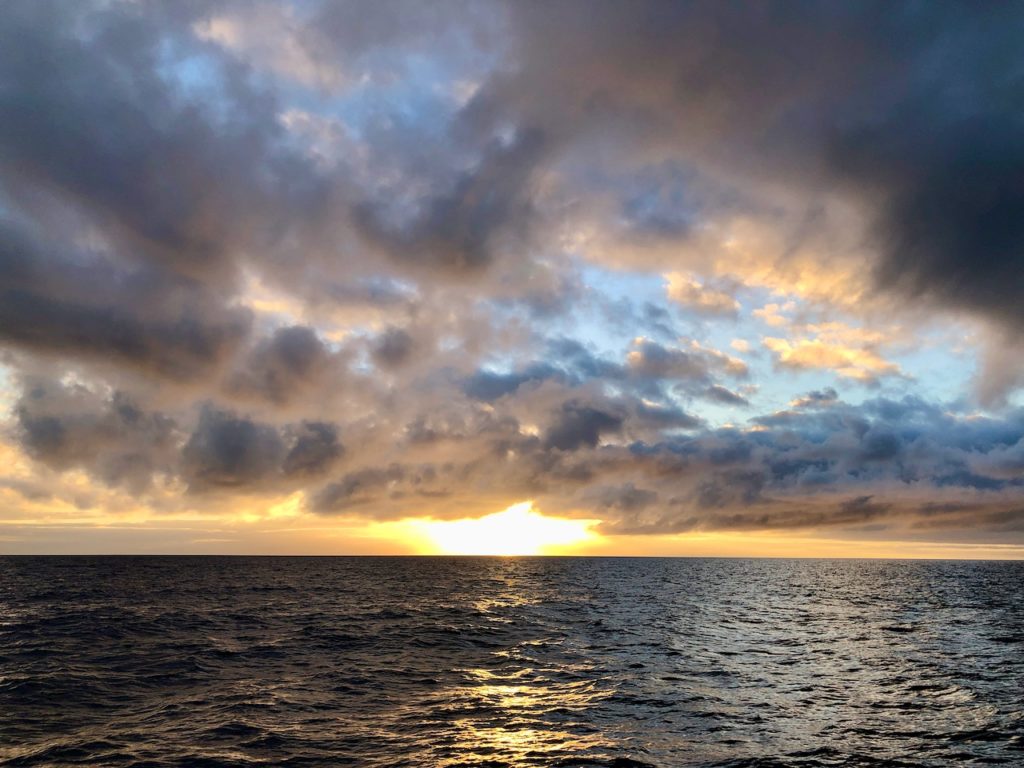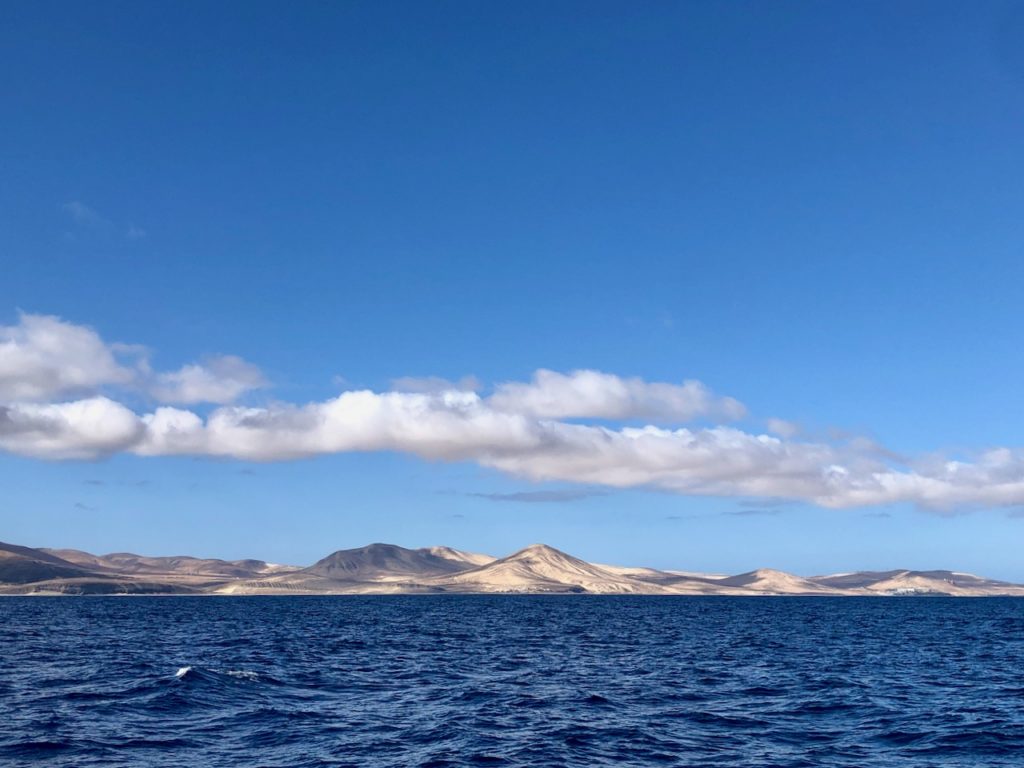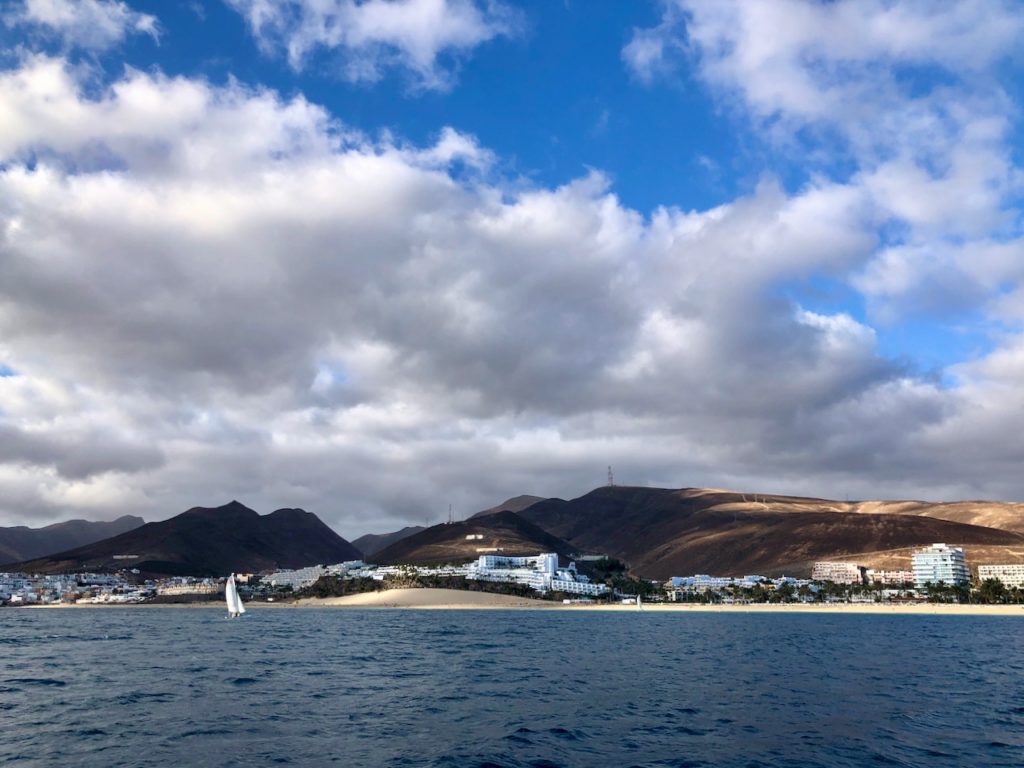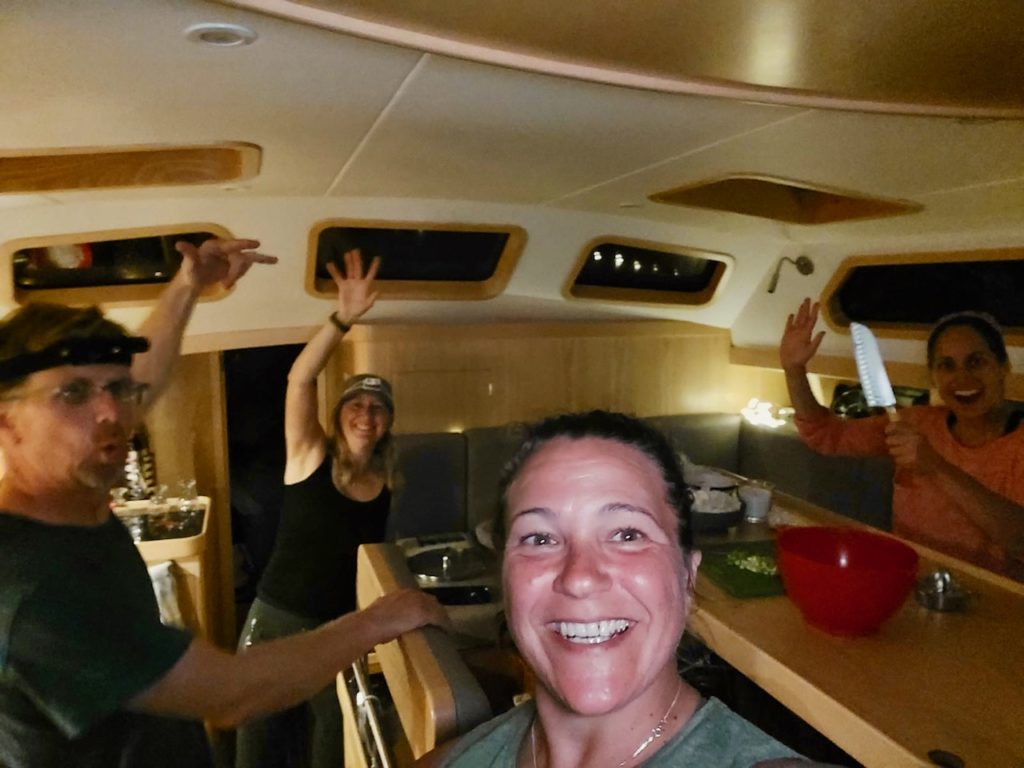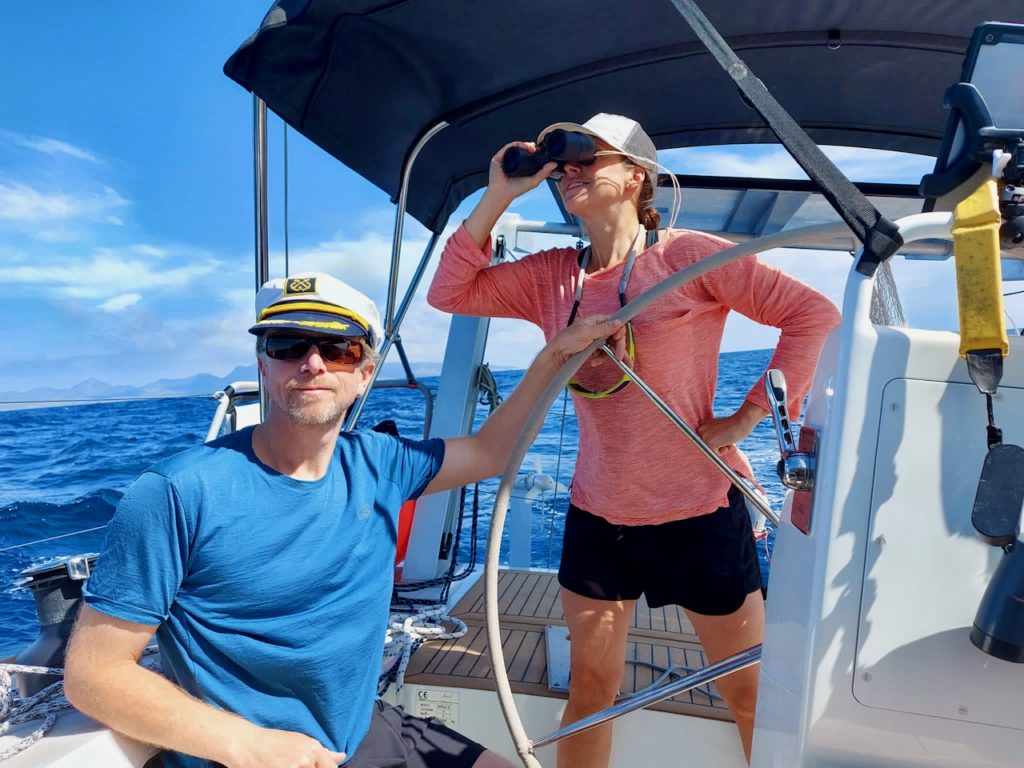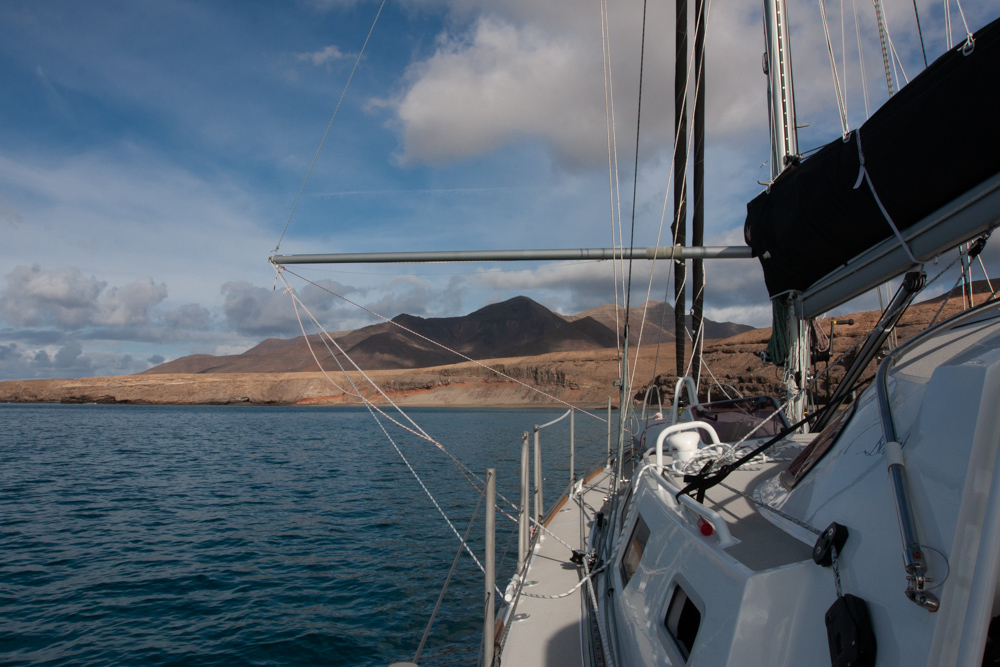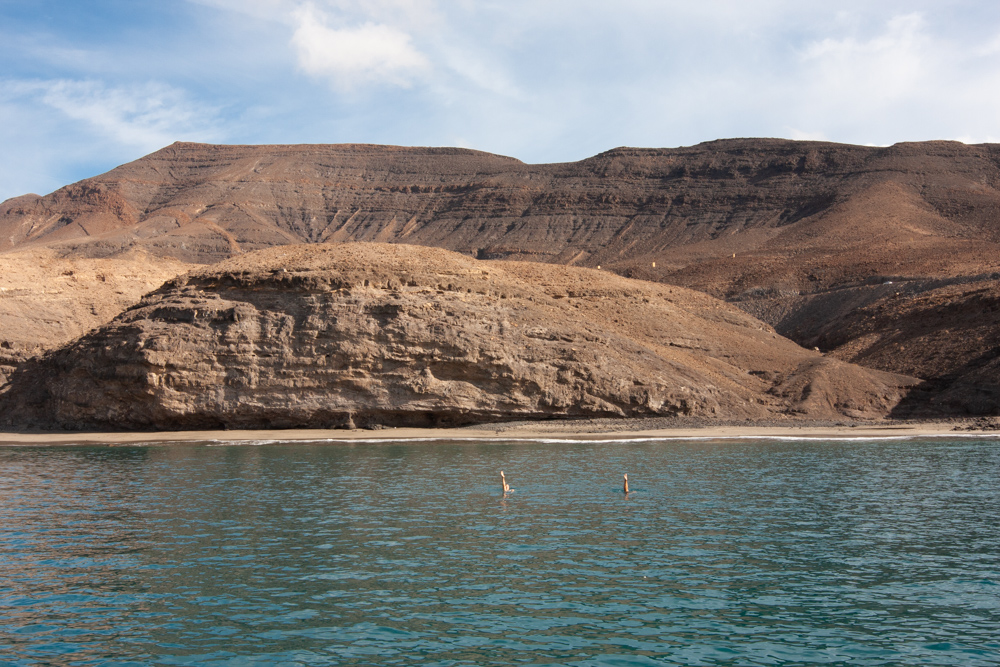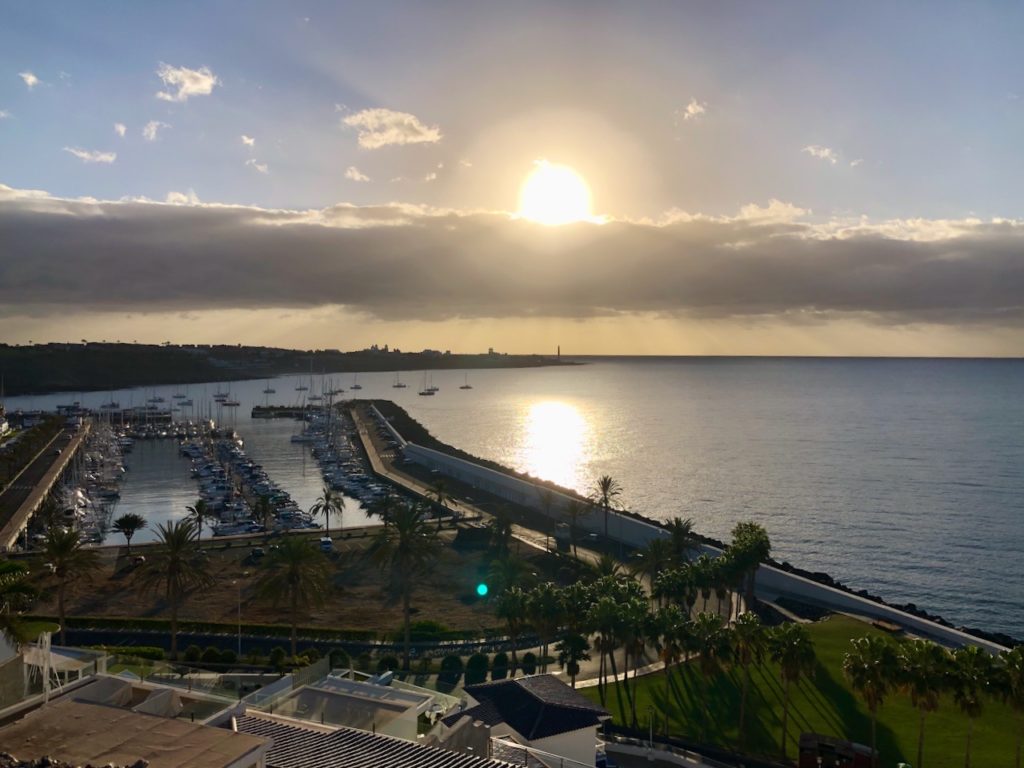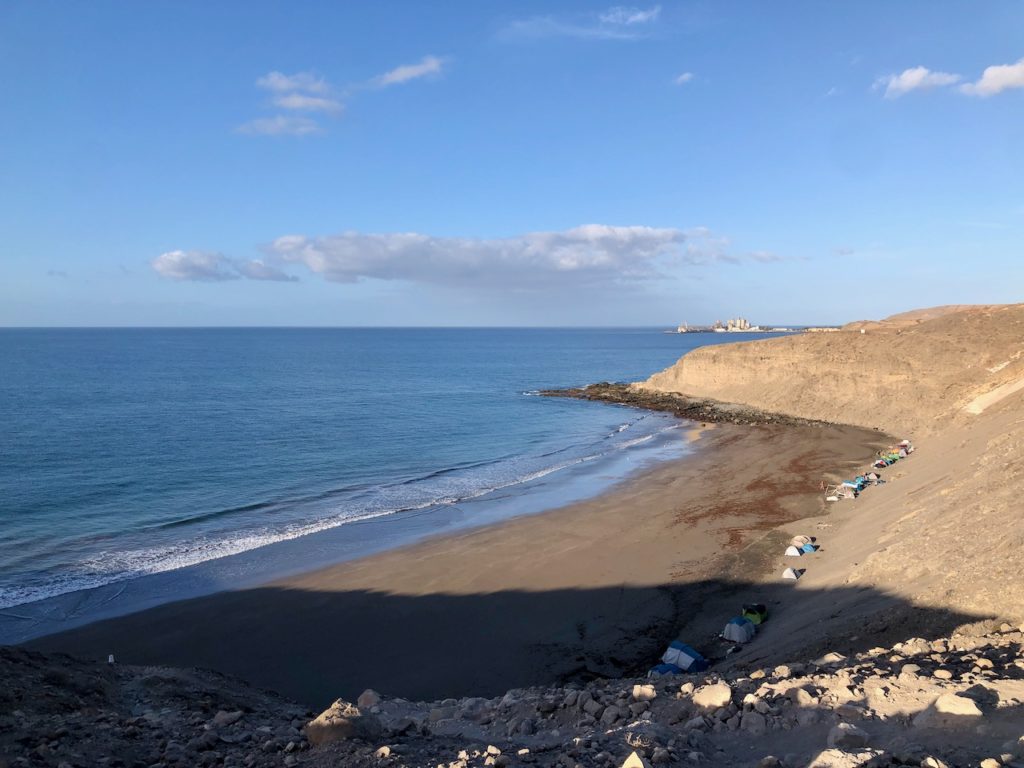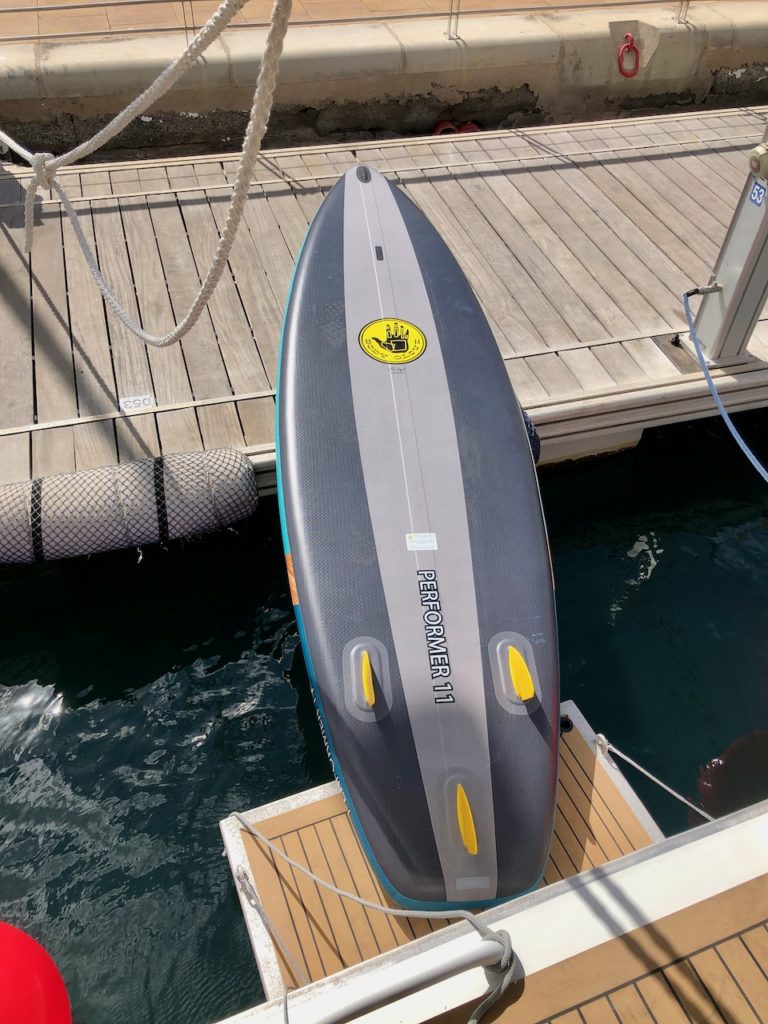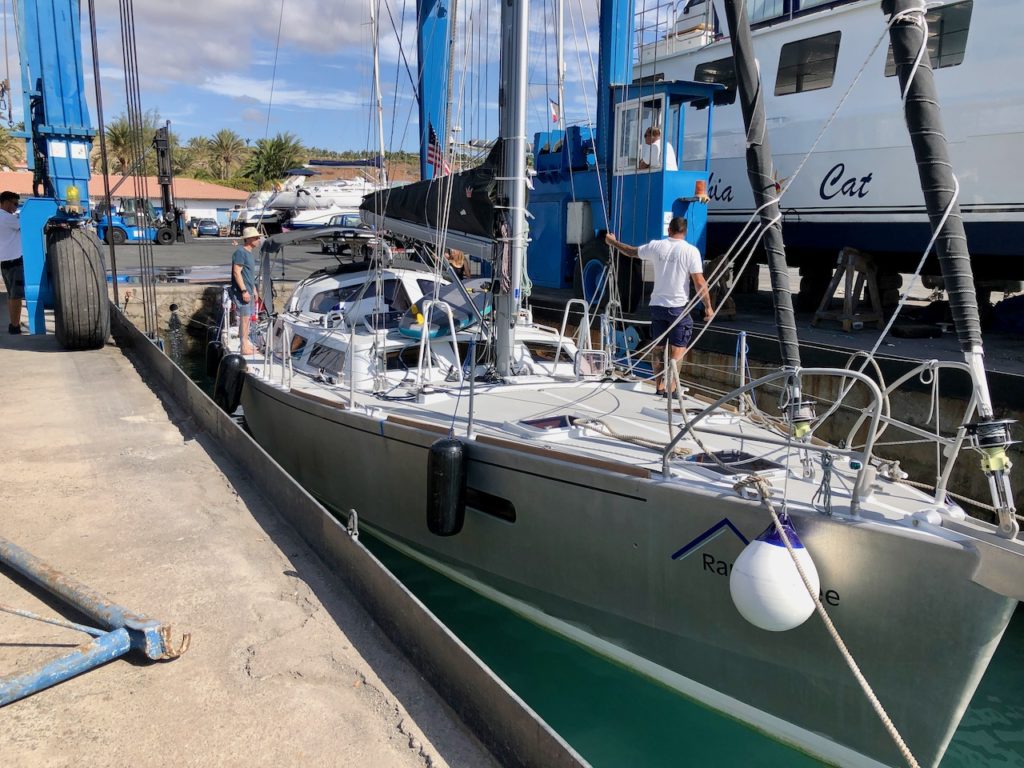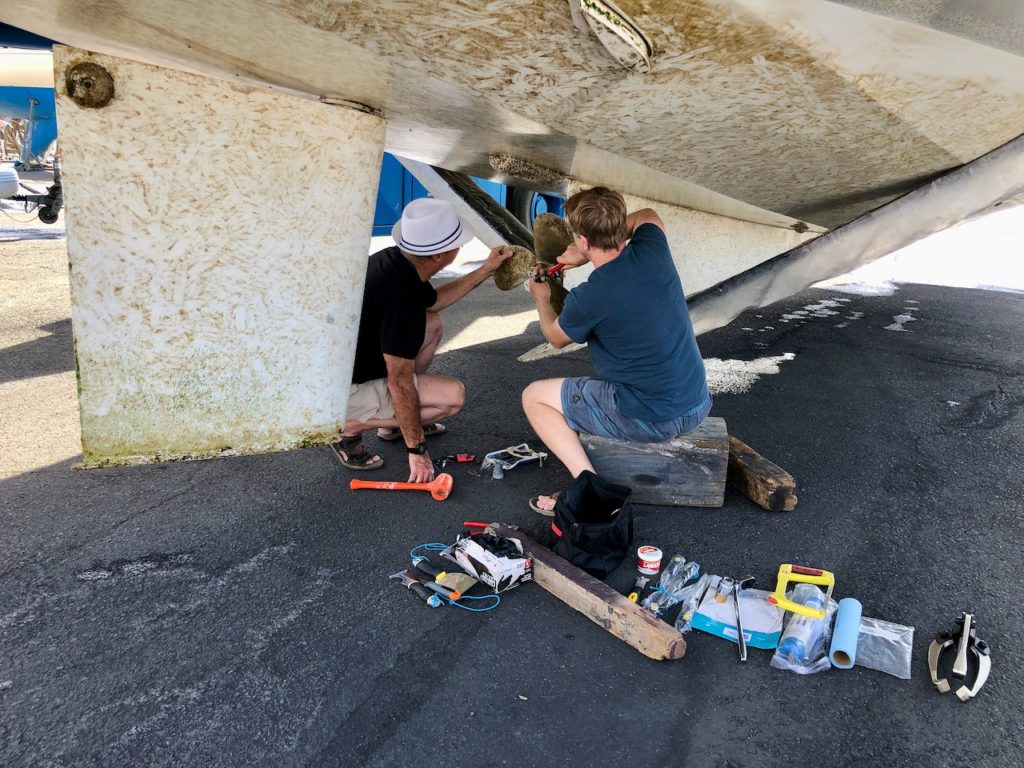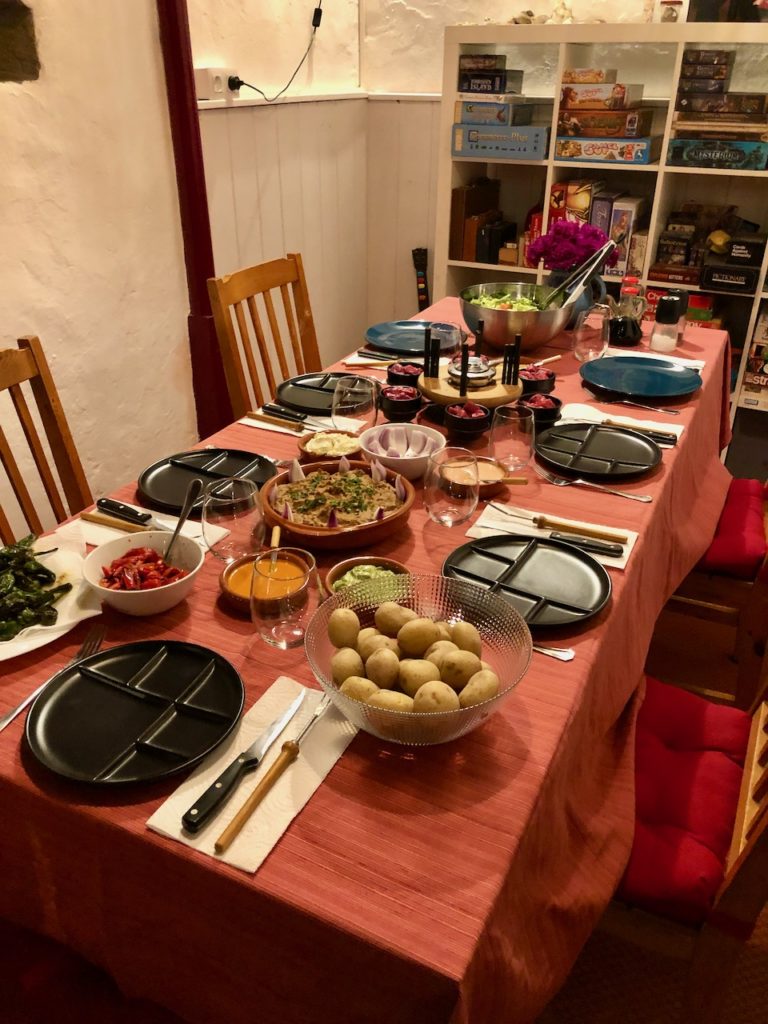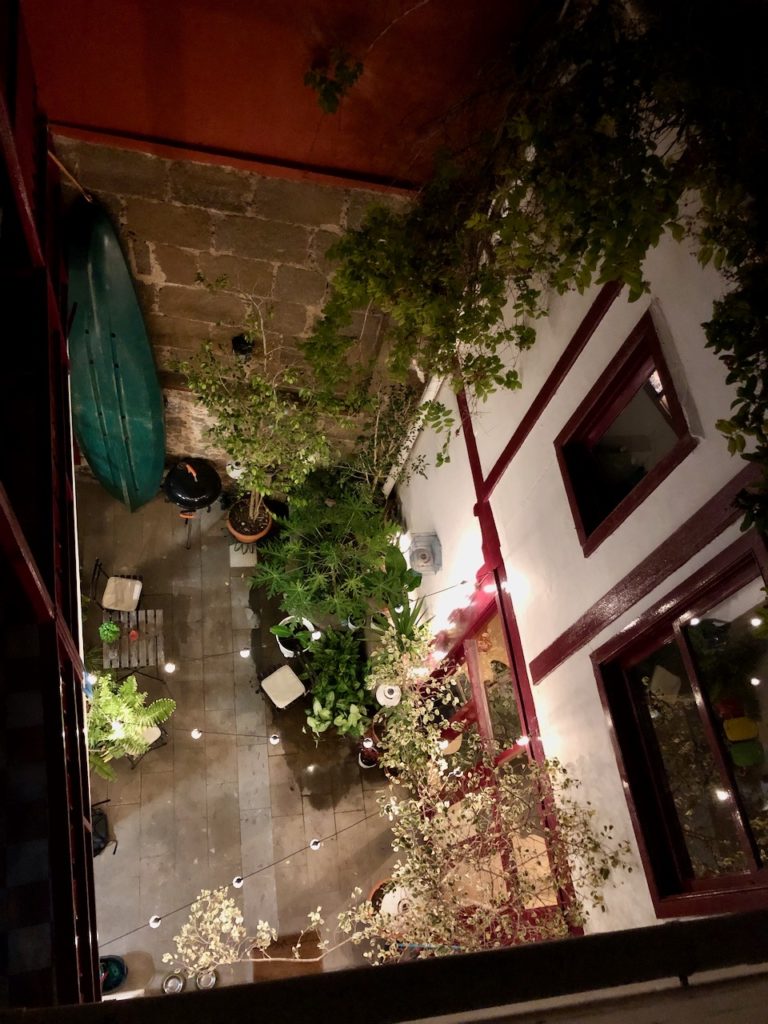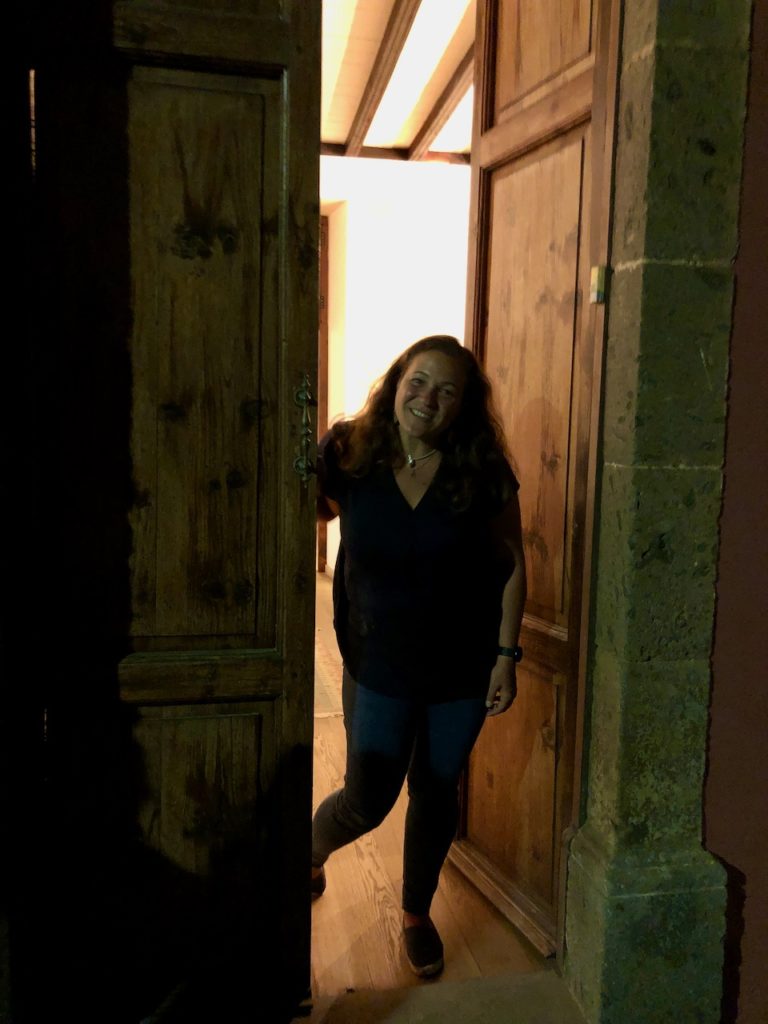Not as well known to the US population (although the 2021 volcanic eruption on the island of La Palma made global headlines), the Canary archipelago is an autonomous region of Spain that lies off the northwest coast of the African continent. In ancient times the islands were at the western edge of the known world and referred to as The Fortunate Isles. Presumably flat-earthers would sail off the edge if they ventured further west.
“Canary” does not refer to birds but rather dogs – Canines. When the Moroccans visited in 60BC, they found large dogs roaming the islands. The original inhabitants known as Guanches are said to have spread from Northern Africa and had traits related to Egyptian culture. Despite having superior weapons, it took the Spanish nearly 90 years to suppress / colonize the natives, concluding near the end of the 15th Century in the time of Columbus. The Canary Islands were a major launching point for European trade ships bound for the West Indies as it is in the heart of the African continent that the winter trade winds develop and blow consistently westward across the Atlantic Ocean to the Caribbean. This explains why, to this day, sailing vessels starting in Europe typically head south before turning west. Here the old adage “Go south until the butter melts, then turn right”.
Exploring properly, we could have easily spent a whole season in the Canary Islands. Due to our pressing need to carry on, Randonnée was a little over a week there and most of the time was occupied hustling through chores, preparations and provisioning. Still we managed to see a bit and get a taste of this amazing place. Not least of which because one of our crew members, Marina, grew up on Gran Canaria and had all kinds of wisdom to share.
After departing Islote de Lobos, we sailed in the lee of the east coast of Fuerteventura which is easier to pronounce than it is to spell. We spent the night of November 2nd outside the breakwater of Morro Jable. Marina informed us this was a kind of local’s anchorage. One must be careful to not inhibit the fairway access for the ferries that call on this port as they are massive vessels matched only by the volume of their air horns which they will not hesitate to use if you get in their way (we were not in their way, but it was quite close). At one point we looked up to see a huge vessel a stone’s throw from our boat as it turned into port.
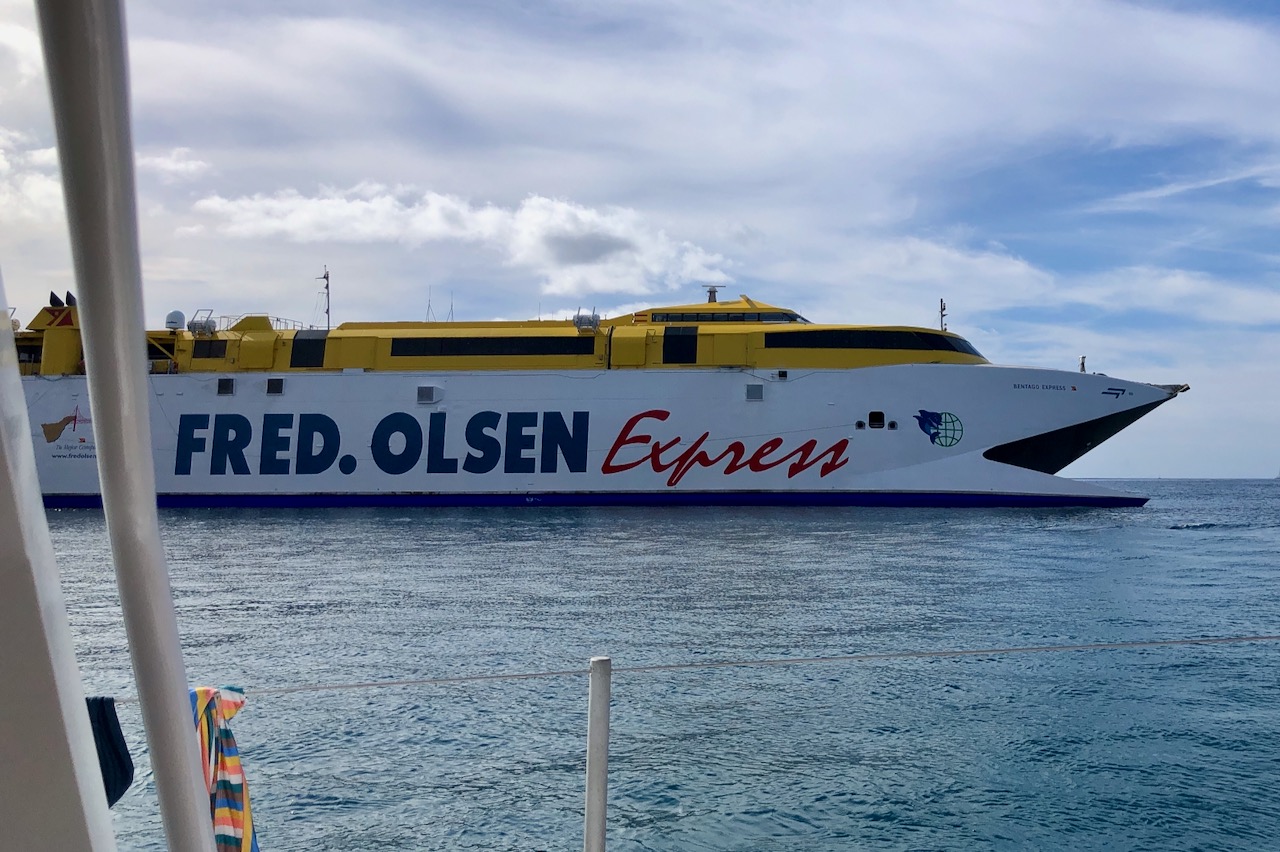
We spent most of our time on Gran Canaria, which is one of the seats of local government and also a highly developed tourist destination. Europeans flock to the Canaries for sunny weather the way Americans flock to Florida or California. Sailing down the coast of Gran Canaria at night, the bright flashing entertainment lights gave the impression of a shore-side Las Vegas.
We anchored off from a tidy little marina called Pasito Blanco. There is a small cove of undeveloped shoreline that gives a little relief from the blaring late night music of a nearby resort. Here our shipmates disembarked: Marina was now home, and a few days later Mistilyn caught a marathon succession of flights which finally delivered her all the way back to Oregon.
Meanwhile Diana’s parents had been lurking in waiting on nearby islands and came aboard Randonnée at the same time. They were promptly renamed by their daughter as UCM #1 (Doug) and UCM #2 (Isa). UCM stands for “Unruly Crew Member” and they lived up to their new titles. Randy’s mother became UCM #3 (Judy) but that comes later.
Major shopping trips commenced; the Canaries are a fantastic place to provision. The rental car saw some miles. We drove around looking for tool shops, multiple attempts to refill a propane tank (nope, our new boat was equipped in France with crappy old tanks that were out of hydro inspection; the local gas company declined to help us), attempts to fill our scuba bottles (nope, our “used once” new steel scuba cylinders were already out of hydro testing. Apparently we bought them in 2015, how time flies! The local scuba shop declined help us).

We did manage a quick haul out of the boat to install a new Brunton Autoprop feathering propeller. This gives the boat less drag whilst sailing (we need all speed we can get) and improved control in reverse gear while backing. Having never changed a propeller before, Doug, Diana and Randy squatted under the boat as she sat in the slings of a large travel lift. We carefully applied more turns on the center screw of the pulling tool. There seemed to be a great deal of resistance and then suddenly WHAM! The old propeller and tool went flying suddenly backwards from the stainless driveshaft about four feet onto the ground. Fortunately none of us were standing behind it. Very dramatic!
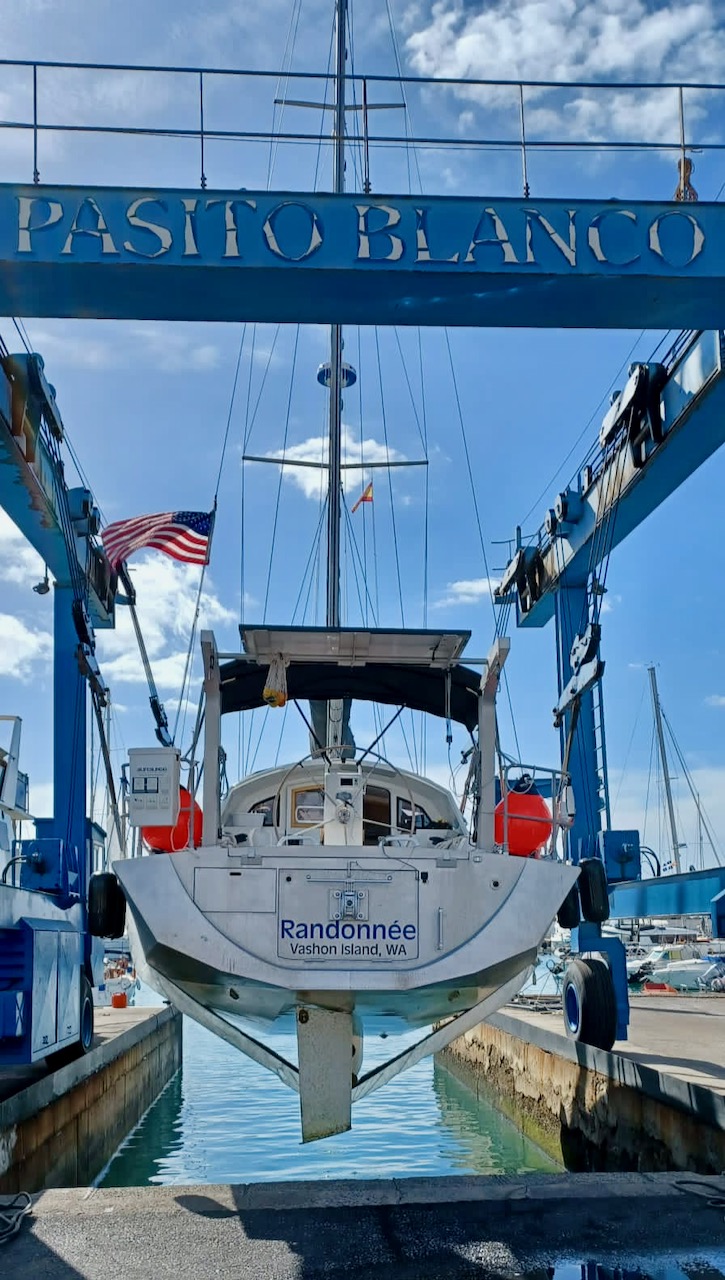
In between the chores, we did enjoy some dining ashore as well as an amazing dinner hosted by Marina and her husband Chris in their freaking awesome home in an old historic neighborhood on the far side of the island. A wonderful treat by some great people.
The last remaining chore after officially checking out of the EU was to top off the diesel tank. We didn’t know it then, but we were to sail so much of the subsequent tradewind passages, and the engine ran so little, that the next fuel purchase would be in Colón Panama. Even then it wasn’t entirely necessary.
